Get Tech Tips
Subscribe to free tech tips.
Learning Outside the Box
This tech tip recaps the livestream by the same name, featuring HVAC School contributors Matt Bruner and Adam Mufich, as well as special guests Craig Migliaccio (AC Service Tech) and Ty Branaman (love2hvac). You can watch that live stream on our YouTube channel HERE. Craig and Ty are HVAC educators with YouTube channels of their own. Support Craig on his AC Service Tech YouTube channel or website and Ty on his love2hvac YouTube channel.
When a lot of us think of “learning,” our minds immediately jump to educational institutions—schools, classes, and other environments where learning is expected and highly structured. These environments bring to mind whiteboards, textbooks, and PowerPoint slides (much to Ty’s dismay).
Some of us might think about educational podcasts or websites, which are a bit more freeform and must be sought out, but they’re still structured ways of learning with an intended result.
The truth is that learning often happens when we’re not aware of it or actively seeking knowledge. These “out-of-the-box” ways of learning are very powerful, and we can level up our HVAC careers if we really tune into them.
Learning Modes
As we just mentioned, there are a few different ways we can learn—some of which are traditional and structured, and some of which are a little more unexpected.
Forced Learning
The classes we need to attend for a certification or degree fall under the “forced learning” category. Think about a child going to school; many children don’t enjoy going to school, but they’re forced into that learning environment. They obtain information, but they’re not necessarily learning to apply what they’ve learned.
In the HVAC world, forced learning would be like taking safety courses for our companies or getting continuing education credits to maintain NATE certification. Even if you apply what you learned, there is an external “push” that motivates you to learn.
Random Learning
Random learning is a mode of learning in which we don’t have a strict goal. We are not walking into a Thermodynamics 101 class to learn about how heat moves. Instead, we’re falling down an internet rabbit hole on a given topic or talking to people and soaking up knowledge that way.
Talking to other people is a great way to take part in random learning. When people disagree, they expose each other to different points of view. Soaking up a variety of perspectives is a great way to learn and consider new information.
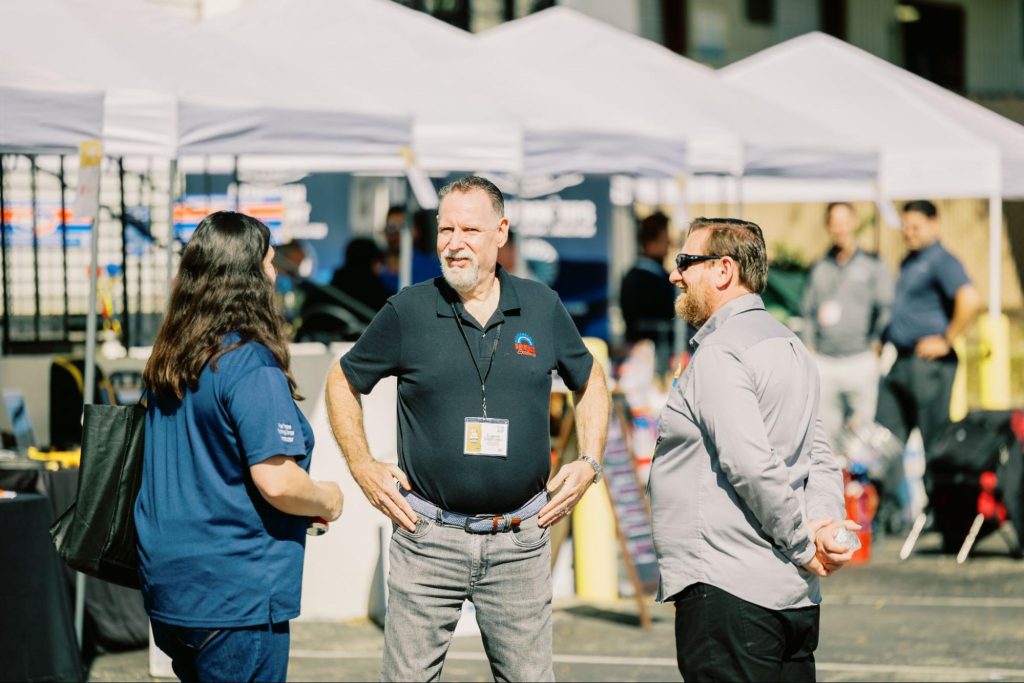
The main drawback to random learning in terms of professional development is that it may not be applicable immediately. Or the purpose of that information may not be immediately clear. There isn’t a clear path or goal, and it’s easy to become overwhelmed by large amounts of new information. That’s especially true of social media “micro-learning” that happens in the HVAC circles of TikTok, YouTube shorts, and the like.
Goal-Driven Learning
We’re participating in goal-driven learning when we actively seek out the answer to a problem or take a class on a skill we’ve been wanting to learn. Our learning isn’t as freeform as random learning, and it’s done with a specific result. The scope is a lot narrower, and there is an objective.

Goals must be defined and have an end date. When you’re in the random learning mode, you’re learning lots of tidbits about a topic in a very freeform way that probably won't help you solve a specific problem or meet a specific objective. Think about coming across a TikTok video about TXV facts; it'll be cool, but it may not give you what you need to diagnose a faulty TXV in the field. With goal-driven learning, you are learning everything you can about a topic with a clear problem to solve or need to fulfill. There may be waypoints along the way, but there is a time-bound goal.
Unlike forced learning, where the motivator to learn is external, goal-driven learning starts internally. Sure, there may be an external problem to solve, like a rack that has gone down, but the goal of learning isn’t to take credit for learning; it’s to solve a problem or get better at a skill.
Kinds of Knowing
Learning is just half the battle; the other half is storing and applying what we’ve learned. Just as there are a few different ways to learn, there are a few different kinds of “knowing” or having that knowledge.
The four modes of knowing described below are not a hierarchy; it is possible to have one mode without having the previous one.
Propositional
Having “propositional” knowledge means being able to recall concepts, facts, and beliefs. Someone with propositional knowledge can score well on a written exam about the topics they’ve learned because they have the ability to recall what they’ve learned.
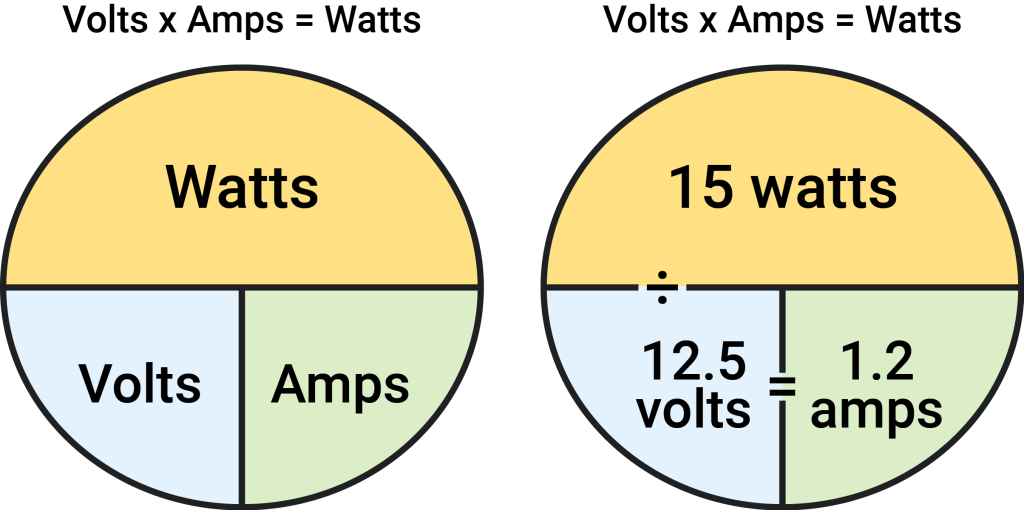
However, propositional knowledge doesn’t always translate directly to real-world practice. It’s one thing to have the knowledge and quite another to know how to apply it.
Procedural
Someone with “procedural” knowledge can take the information they’ve learned and develop a system or process to apply that knowledge. The knowledge is practical and formulaic, but it’s likely a bit rigid.
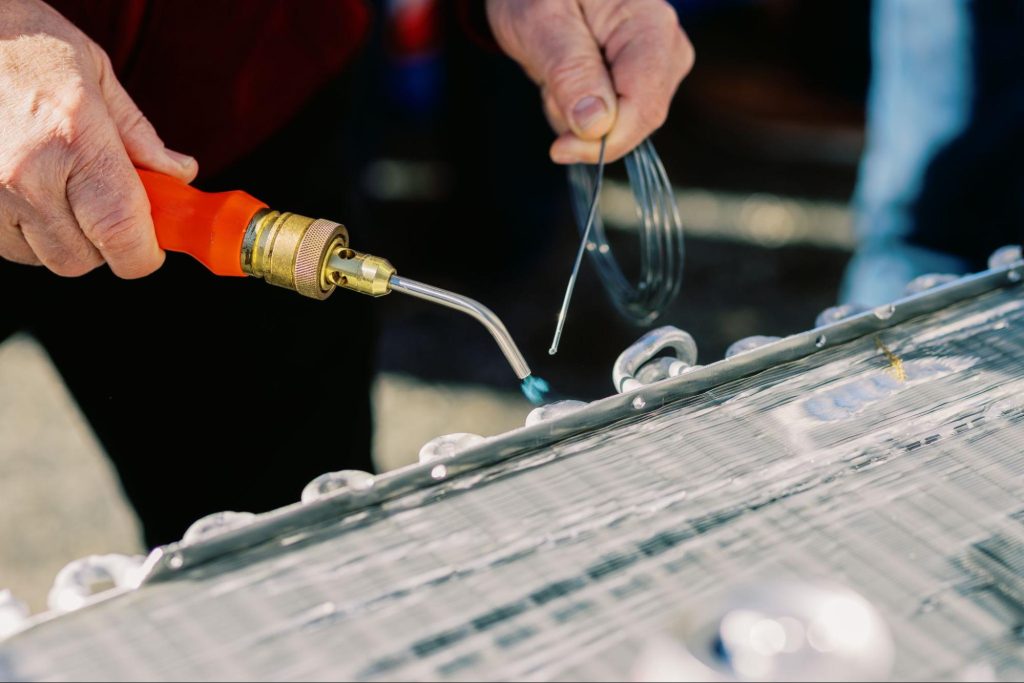
Someone who has procedural knowledge can perform a PM or change out an evaporator coil with great precision, but this knowledge isn’t very theoretical or adaptable to unfamiliar situations. They may not be able to recall the concepts behind their procedures and adapt based on propositional knowledge.
Perspectival
When you are aware of your limitations, you have “perspectival” knowledge. You are able to look at the knowledge you currently have and understand where you are deficient. A lot of great service techs have a wealth of perspectival knowledge, and we can also think of it as intuition: what are we noticing, and how does that inform our path forward?
Humility is another big part of perspectival knowledge. Instead of lying to ourselves or others about what we know, we can take a step back and put what we do know into perspective.
Participatory
The final mode of knowledge is very people-centric. People with participatory knowledge understand how others directly participate in the “knowing” process. A lot of teachers have a wealth of participatory knowledge, but many mentors and other community-minded HVAC/R professionals also have a great deal of it.
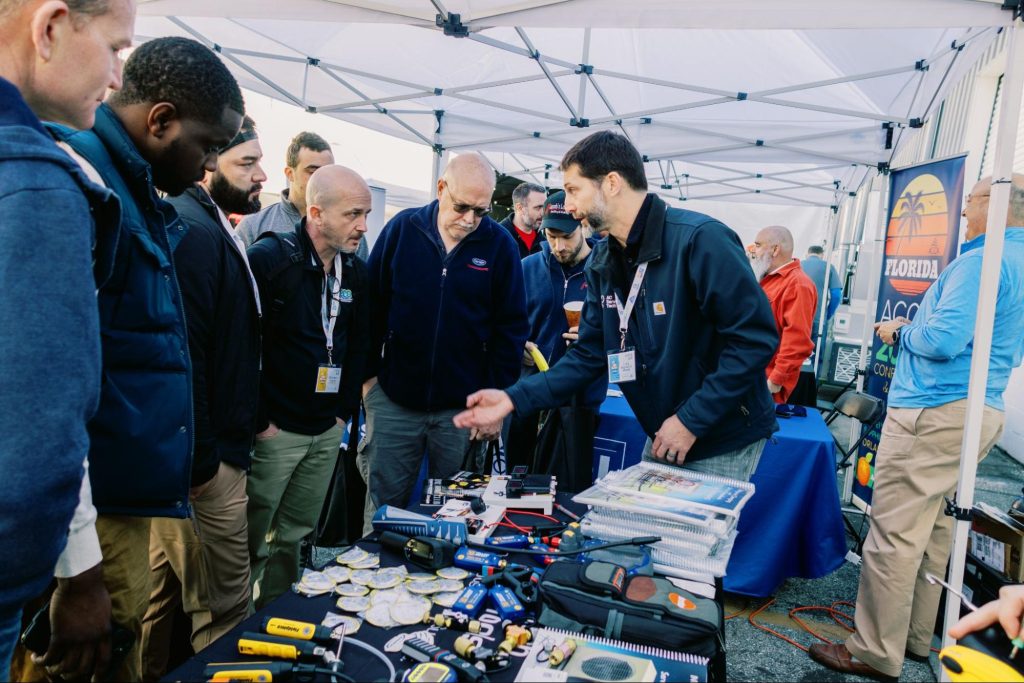
The social element of participatory knowledge helps people lead teams, whether that’s in their job description or in terms of thought leadership. Participatory knowledge also allows technicians to explain basic concepts to clients to help them understand how their HVAC systems work.
You can also learn more about these four kinds of knowing from THIS YouTube video.
“Experiencing” New Concepts
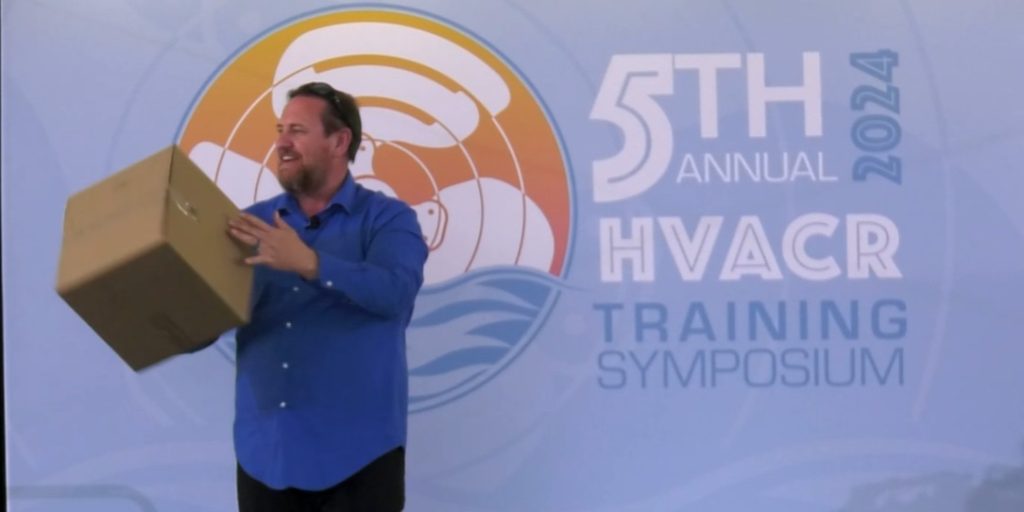
When someone knows a topic well enough to teach it, they can go about sharing their knowledge in different ways.
One method is to get learners to interface with the equipment, concept, or other material being taught directly in a safe environment. As they recognize the gaps in their knowledge (perspectival) and grapple with the material inside their heads, the educator can gradually provide facts (propositional) and practical application (procedural).
Ohm’s Law
Ohm’s law describes the relationship between voltage, current, and resistance. We use the equation E = I x R to show this relationship.
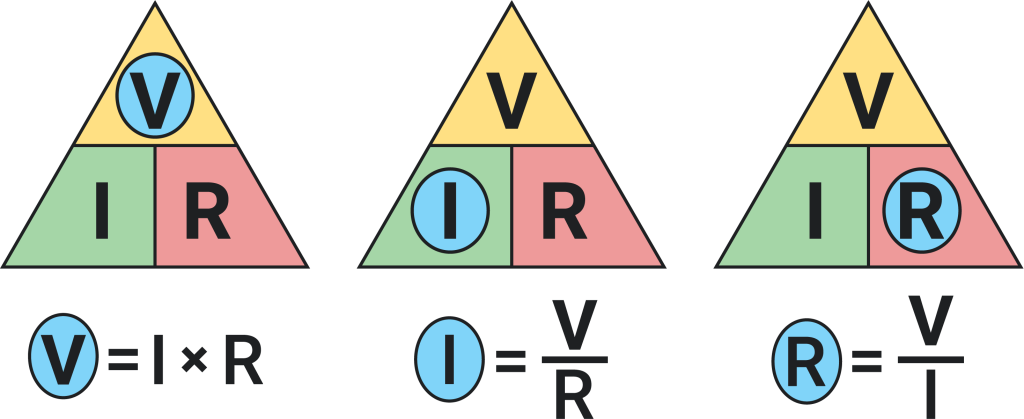
When we learn this concept straight out of a book or classroom, it can seem like the math is the most important thing. We’re conditioned to want to solve math problems when we see them. But the math won’t actually help us in the field; the propositional knowledge lays the foundation, but it becomes useless beyond a certain point.
What does help us in the field is the underlying concept that resistance increases as current decreases and vice versa, so long as the voltage stays the same. When we decrease the resistance in a circuit, we get more current; some people with high propositional knowledge but low perspectival knowledge can solve for any one of the variables in the Ohm’s law equation without understanding how we actually see Ohm’s law at work.
The Socratic Method
The Socratic method is a means of learning that is based on questions. In the example with Ohm’s law, we can show examples where it doesn’t line up perfectly (such as in cases where resistance takes on the form of inductive reactance) and get learners curious.
Another way to use the Socratic method is to ask learners what they think will happen instead of feeding them the answers. One classic example that can help learners understand electricity is to ask them what will happen if you introduce another lightbulb to a circuit in series—will the lights be brighter? In many cases, people get it wrong.
Allowing people to be curious and even incorrect helps motivate them to understand the answers. Many technicians are problem solvers, so it makes sense that the part of us that enjoys solving problems would benefit more from learning this way than by being fed answers.
Learning in a Community
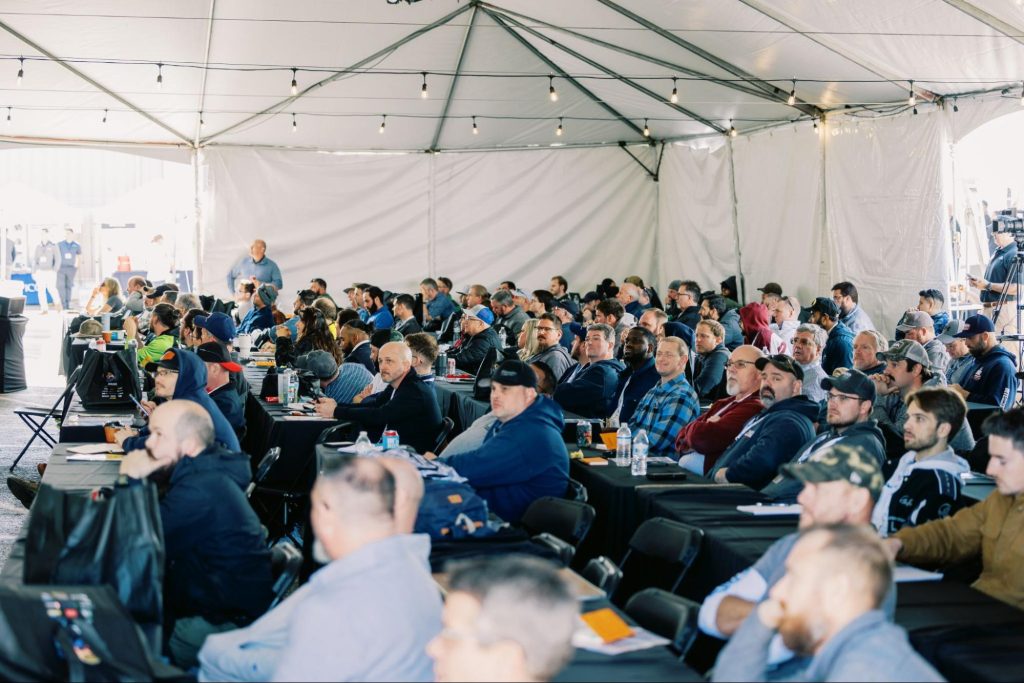
Many of us have had to learn things by ourselves. Whether we struggled to get businesses off the ground or didn’t feel supported by our employer and senior techs, we didn’t have a support system that helped us learn.
The social element of learning is a huge and often overlooked aspect. It’s normal to be around people who just see their work as just a job—a way to be able to afford the things they’re really passionate about outside of work. But there are people who are extremely nerdy about HVAC. There are people who will disagree and debate, but they do it out of passion for the trade and the craft that goes into it; they’re not motivated by their own egos but by making the HVAC/R trade a respected, interesting place to be.
Seeking Progress, Not Perfection
The HVAC/R education scene is not a monolith. Highly respected tradespeople disagree on things, but they don’t let it get in the way of building relationships and educating other techs. The trade is not and will never be perfect, but it can be an environment where we lift others up and do our best to make it better for everyone.
That’s the importance of open discussions and community when learning about HVAC/R. Even when we disagree or don’t love some of the decisions our friends and supporters may make, we are still encouraging others to learn, be curious, and build relationships.
Finding Your Learning Community

The best way to learn without necessarily feeling you’re being forced to learn is to learn communally, and there are many ways we can do that in the 21st century.
The most accessible way is by connecting with others on social media, such as by joining the HVAC School group and various forums, following people you respect on LinkedIn, and more. It isn’t the same as developing connections in person, but you can find like-minded people who inspire you and help you meet your educational goals, whether directly or indirectly. This free HVACR Learning Network webinar shows how we can use social media to connect with others, educate others, and learn from others (and it offers NATE credits).
Attending trade events is another great way to find people who will help you learn outside the box. We have the HVACR Training Symposium here each year, but other great learning events include the National HVACR Education Conference by HVAC Excellence, the High-Performance HVAC Summit by NCI, and AHR Expo.
P.S. — This HVACR Learning Network video is all about educator resources and the National HVACR Education Conference. It offers a free look into the event and the support systems in place for HVACR educators. There is also a unique digital learning method shown in THIS free HVACR Learning Network Course.











Comments
To leave a comment, you need to log in.
Log In